Only one? I don’t think so. It’ll shrivel and die. It likes company. It likes to outshine its neighbors and cousins; the more the merrier. But be careful. There are some colors that really like to dominate, and if you have too many of that color, the other colors will convert. What plant am I talking about? Well, the African Violet of course!
https://www.instagram.com/p/BdD9CLMnLFW/?tagged=saintpaulia
Technically known as Saintpaulia, African violets are both familiar and popular household plants. First discovered in the 1890s, the African violet is a tropical, native plant of Tanzania and southeastern Kenya. Its warm-tempered past is why it makes an ideal indoor plant in countries that suffer long periods of harsh, cold temperatures.
https://www.instagram.com/p/BdDI9gshCdW/?tagged=saintpaulia
African violets love the sun but not too much. And they love the warmth and humidity in a tropical forest and in the controlled indoor environment of a private home. With a wide variety of delicately colored flowers, its popularity as a houseplant is guaranteed.
The More The Merrier!
A detail that is both unique and important about the African violet is that you need more than one. Simply put, this delicate little plant is a social creature. Take, for instance, the wild variety that prospers in most gardens, even in the colder climes. I have wild violets overtaking my gardens with their delicate, tiny flowers.
https://www.instagram.com/p/BcmBjpgARF8/?tagged=saintpaulia
Unfortunately, they’re buried in snow all winter. A hardier variety of the violet family, they thrive on multiplication. Strength in numbers, so to speak. It’s the same with my indoor African violets. They like to socialize but only with other flowering plants.
They love to associate with other African violet plants. And they even enjoy being close to my orchids. But they don’t like the non-flowering plants, particularly cacti. African violets don’t like prickly things!
A Delightful Addition To Your Houseplants
For the most part, African violets are an easy indoor plant. As long as the soil is loose and consists of the appropriate components, lighting is present but not too strong, and the plant receives just enough water but not too much, there is really nothing that can kill these plants, except for a sudden unexpected change of temperature or a lengthy spell without watering.
I have lived on both coasts and in between, taking my cherished African violets with me on each move. Nestled in the back seat of my car, the plants traveled well and prospered in the new environment once settled. But that’s not to say they aren’t sensitive.
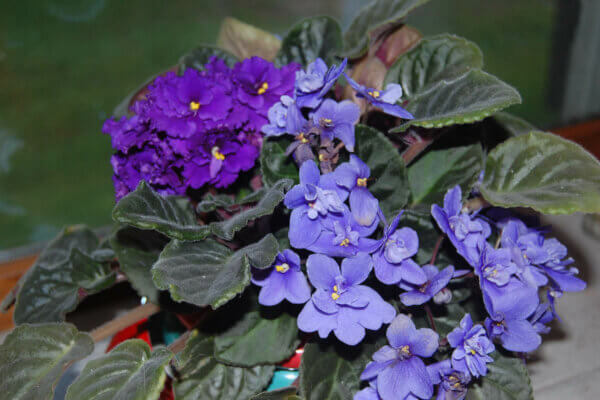
The same African violets that I transported each time I moved were spoiled by the nutrient-based city water in each of my suburban homes. When I moved to the country, however, it was a different story. My African violets didn’t like the hard well water. Different nutrients? Too rich? Something was definitely missing.
They’re Easy-Going But Have Their Preferences
The same African violets that had survived 30 years of moving from coast to coast started dying off. I wasn’t about to give up. I rooted some of the leaves from the old dying plants. The African violets started in hard well water loved it. I guess they didn’t know any better. A new generation of colors exploded on my window sills.
https://www.instagram.com/p/BcaWdYNh8i-/?tagged=saintpaulia
In my years of keeping African violets, I’ve learned a thing or two. Here are some tips for keeping your social and sometimes finicky African violets happy:
Tips For Maintaining African Violets
- Don’t overwater – I only water my plant once a week.
- Pinch off dead leaves and flowers to allow new life to prosper.
- Don’t re-pot too frequently – African violets like consistency and they love the feeling of overcrowding in their pots.
- If you do re-pot, use only African violet soil, either purchased or prepared at home.
Important Notes On Soil
- Keep the soil light, loose and airy.
- When the soil becomes compacted, hard and dry, add some perlite, vermiculite or sand. Loose soil promotes healthy root growth.
- Add commercially prepared African violet fertilizer sparingly. Some of the commercially prepared African violet soils already have lots of fertilizer. Like anything else, too much fertilizer can have an adverse effect.
- Study different varieties of commercially prepared African violet soil. Some are really too dense for the plant to nurture and grow well. If you think the commercially prepared soil is too dense, add some peat moss and vermiculite to the mix.
- Prepare your own African violet soil mixing 2 cups peat moss with 1 cup vermiculite and 1 cup perlite.
Tips For Repotting African Violets
- To re-pot, prepare the soil mixture in a well-ventilated area.
- Add tepid water to the mix to make it moist but not too wet.
- Use your finger to burrow a hole in the center of the potted soil.
- Gently remove the African violet from its existing pot and pinch off any dead, dry, mushy or yellow-brown leaves.
- Shake off any excess soil from the old pot.
- Place the plant in the cavity burrowed by your fingers in the new pot.
- Gently cover the plant with the prepared soil up to its neck. The leaves should just graze the top of the soil.
- Try not to get any soil on the leaves. If you do, gently brush it off.
There are definitely merits to having a healthy display of African violets on your window sills. The colors are spectacular when the plant is in full bloom.
https://www.instagram.com/p/BddnAaQlwsZ/?tagged=saintpaulia
Plant and enjoy! But make sure you have more than one!






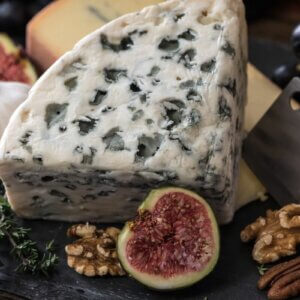


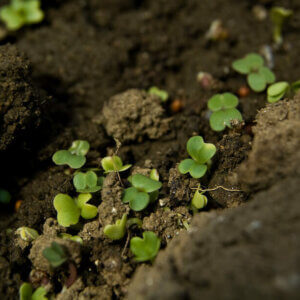
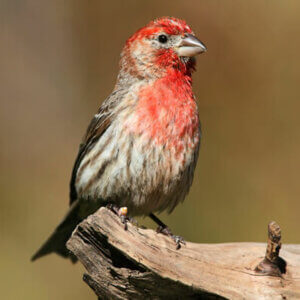

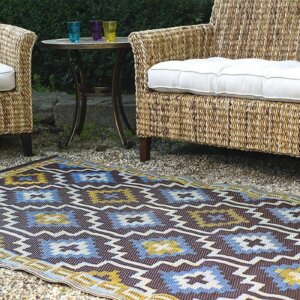
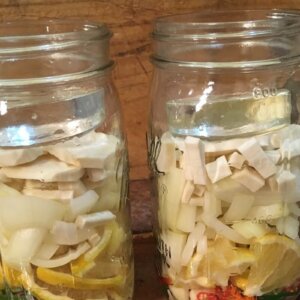
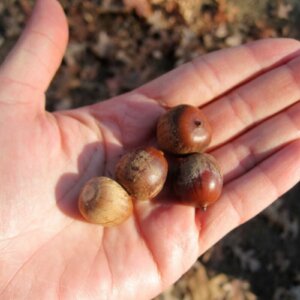
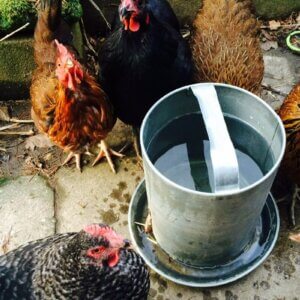


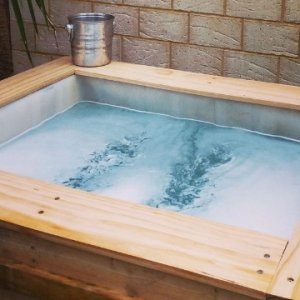
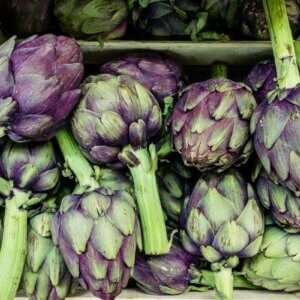








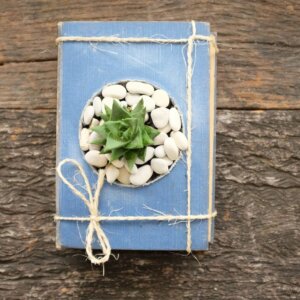
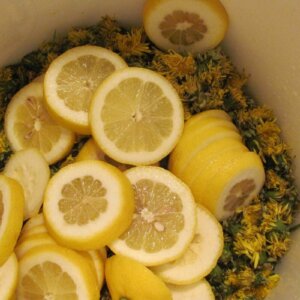


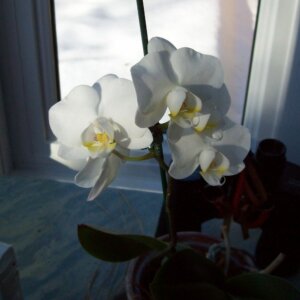


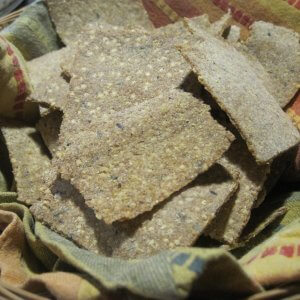
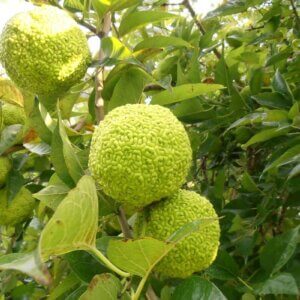





Thanks for sharing it.